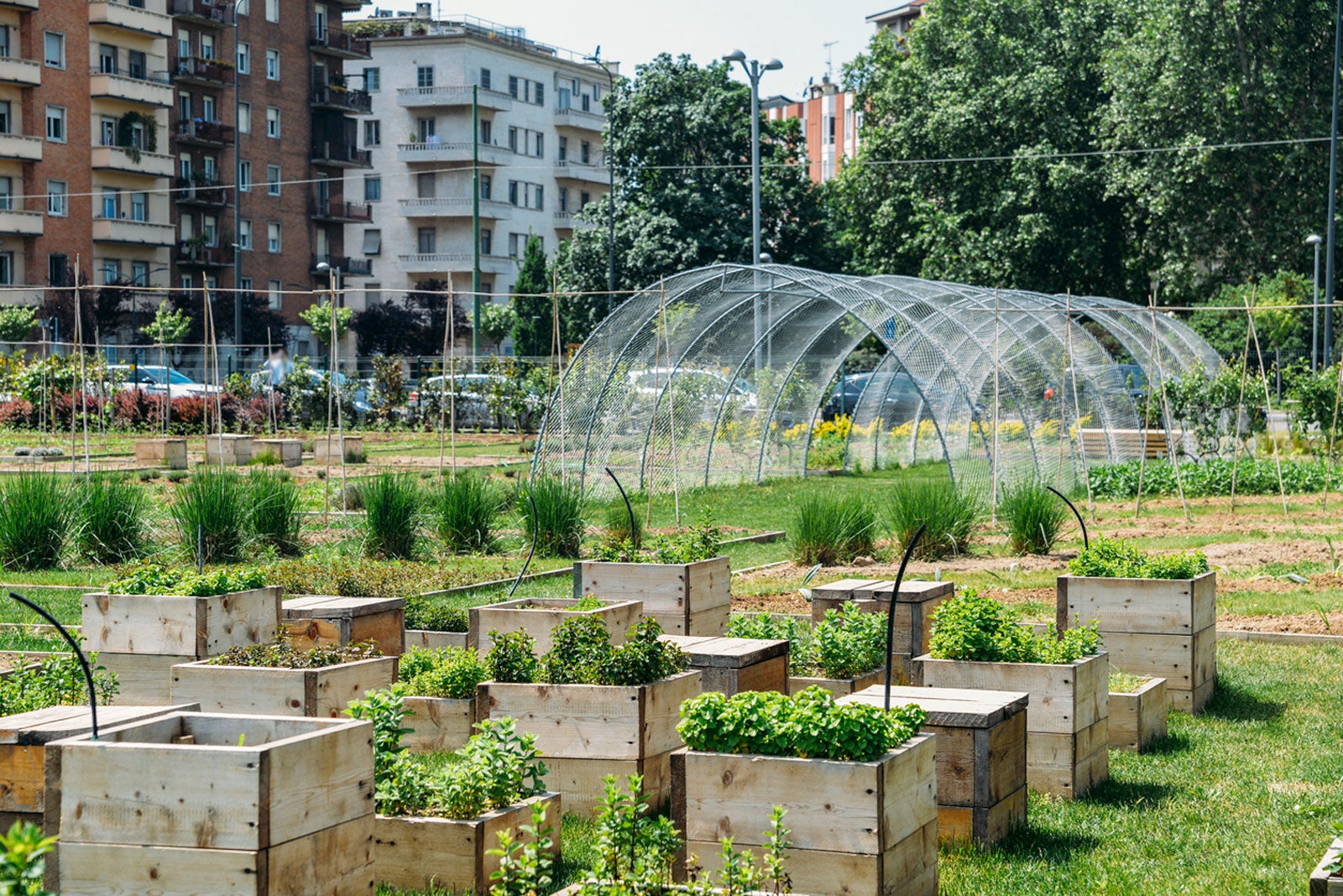Getting My City Blooming To Work
Wiki Article
How City Blooming can Save You Time, Stress, and Money.
Table of ContentsThe Of City BloomingSome Known Incorrect Statements About City Blooming Some Known Factual Statements About City Blooming Some Known Factual Statements About City Blooming 5 Simple Techniques For City Blooming
Fascinated in growing food for sale in the City of Chicago? Considering beginning an area garden? Changes to the Chicago Zoning Ordinance enable farming usages like neighborhood gardens and urban ranches in numerous components of the city. Below is a checklist of frequently asked concerns relating to the guidelines and regulations that cultivators need to think about when preparing a metropolitan agriculture job.
The zoning change does not change any kind of various other codes handling composting, structure permits, purchasing or leasing City owned property, company licenses or environmental contamination. There are existing codes that regulate these concerns and they continue to be in complete result and may apply to your task. Area gardens are commonly had or handled by public entities, public companies or community-based companies and preserved by volunteers.
Urban farms grow food that is intended to be sold, either on a nonprofit or for-profit basis. Because of their commercial purpose, urban farms need a company certificate. Yes. A neighborhood yard is allowed to market surplus produce that was expanded on site if the sales are accessory or subservient to the yard's main function described above.
Unknown Facts About City Blooming
The amount of garden compost product can not go beyond 25 cubic yards at any provided time according to the criteria in 7-28-715 of the City's Municipal Code. Since the soil at a lot of new yard sites requires modifying, garden compost, dirt, wood chips, or other materials can be gotten to build or improve the expanding room.
If a structure authorization is required then the hoophouse will certainly be thought about an accessory building. You can discover even more concerning the building permit requirements by getting in touch with the Division of Buildings. The 25,000-square-foot size restriction is intended to prevent a single neighborhood yard from controling a given block or detracting from the block's existing domestic or industrial personality.
The restriction does not relate to yards located in Public Open Room (POS) districts. Can there be more than one neighborhood yard that is 25,000 square feet on a single block? Yes. The dimension restriction puts on specific yards, not to individual blocks. No. Fencing is not called for, however, gardens that have large parking lot may be called for to mount fencing or various other landscaping functions.
The Greatest Guide To City Blooming
B1 & B2 districts need that all industrial usage activities be performed inside your home. R areas restrict business activity. The regulations mirror the objective and intent of the Zoning Code. Is fence required for city ranches? Yes. Fencings may be called for, along with landscape design and testing, for certain parking lot and outdoor work or storage locations depending upon area and the particular activity occurring.Urban farms call for structure authorizations and zoning authorizations prior to building (balcony and patio garden design). Various other forms of city testimonial may be needed depending on specific frameworks, tasks, size, landscaping, licensing, public health and stormwater management issues.
Yes. The type of certificate is established by what is taking place at the site. The Department of Business Matters and Consumer Defense can assist establish the details kind of organization permit that's required. Yes. Off street parking is needed for many business tasks in Chicago. The required variety of garage is based upon the variety of workers servicing website and not the square video footage of the growing room.
All About City Blooming

An urban farm can market compost material generated on website, nonetheless, the operation has to comply with the regulations in 7-28-715 of the Chicago Municipal Code. Aquaponic systems are enabled inside on urban ranches in lots of zoning try this site areas.
Up to 5 hives or swarms of honey may be kept as an accessory use. Beekeepers need to register with the Illinois Division of Agriculture. For additional information regarding the recommended zoning change you might get in touch with the Department of Real Estate and Economic Advancement, Bureau of Preparation and Zoning at 312.744.8563.
, which takes place in rural locations at the edge of suburban areas.
Little Known Questions About City Blooming.
, who seek to develop social networks started on a common principles of nature and neighborhood holism. These networks can develop by way of official institutional support, becoming integrated right into local community planning as a "transition town" activity for lasting city growth.Some of the first proof of city farming comes from Mesopotamia.
Report this wiki page